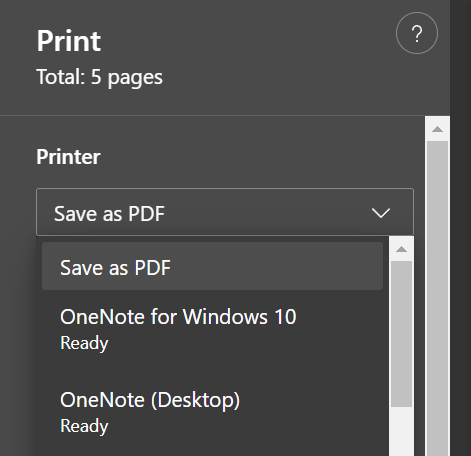Livestock Management
Alternative Feeds (Forages)
Climate Adaptation Effectiveness
Use of alternative feeds allows farmers to easily predict the effect of the food resource on livestock production. However, little is known on its effectiveness on different types of livestock. Research is needed to determine what components and their corresponding portions should be mixed to maximize the productivity and quality of the livestock [2].
Climate Hazards
- Drought
Locations
- , Region III (Central Luzon)
Adaptation Sectors
- Agriculture
CCET Instuments
- Action Delivery
Target Group based on Vulnerability
Basic Sectors:
- Children
- Farmers and Landless Rural Workers
- Indigenous Peoples
- Persons with Disabilities
- Senior Citizens
- Women
- Youth and Students
Evaluations
Economic / Financial Effectiveness
Foraging reduces production costs by removing dependence on commercial feed concentrates. Low income farms could also sustain the production through these lowered costs [1].
Technical Feasibility
The use of alternative feeds, which can be easily adopted, is a means for farms in low accessibility areas to provide for their livestock [2].
Social Acceptability
This strategy has a 30-60% adoption rate in Central Luzon and in Calabarzon [1].
Environmental Impact
There is no direct environmental impact for this solution.
Mitigation co-benefit
This solution reduces greenhouse gas emissions for livestock production by removing the input of feed manufacturing, and increases carbon capture.
Keywords
alternative feeds, livestock management, food availability, reduced production cost, alternative forages; livestock feeds, livestock forage
References
